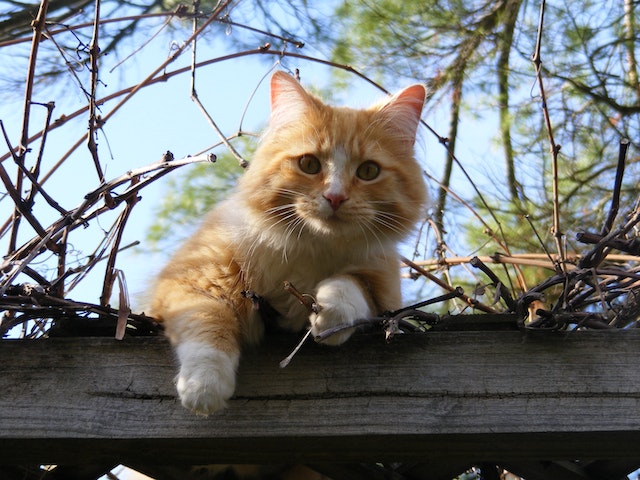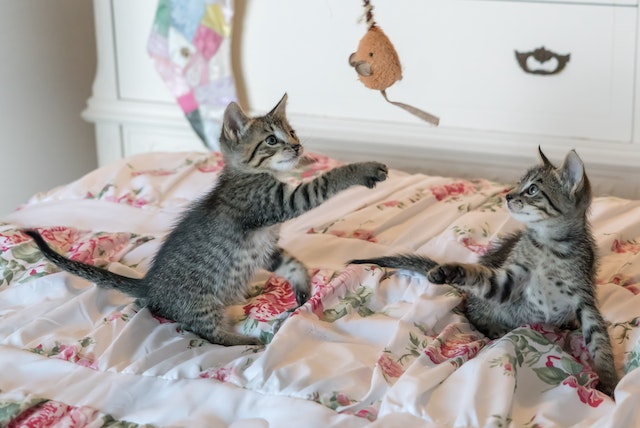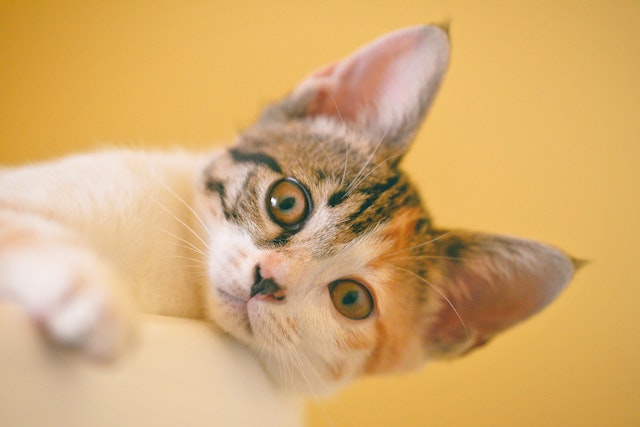The Role of Cat Breeding in Today's Society

Cat breeding has been a part of human society for thousands of years. From ancient Egypt, where cats were revered as sacred animals, to modern times, where cats are kept as beloved pets, the breeding and domestication of cats has played a significant role in shaping the way we view and interact with these animals.
One of the main reasons that cat breeding has become so popular in today’s society is the rise of the companion animal industry. People are increasingly looking for pets that are low maintenance, easy to care for, and that offer companionship and emotional support. Cats have become one of the most popular companion animals in the world, with millions of households owning at least one cat. This has led to an increase in cat breeding, as breeders aim to produce cats that are healthy, friendly, and have the desired characteristics that people look for in a pet.
Another reason that cat breeding has become so popular is the rise of the cat show industry. Cat shows are competitions where cats are judged based on their physical characteristics, such as coat color, pattern, and shape. These competitions have become increasingly popular over the years, with many people breeding cats specifically for the purpose of showing them in competitions. This has led to the development of a wide variety of cat breeds, each with their own unique characteristics and traits.
Cat breeding has also played a role in the development of new medical treatments and therapies. Many cat breeds have been used in research studies to help understand the genetic basis of diseases and disorders. For example, the Siamese cat has been used in studies on genetic deafness, while the Scottish Fold cat has been used in studies on osteochondrodysplasia, a genetic disorder that affects the bones and cartilage. This research has led to the development of new treatments and therapies for a wide range of medical conditions, not just for cats but for humans as well.
However, cat breeding also has its negative side. One of the main concerns is the potential for inbreeding, which can lead to genetic disorders and health problems in the offspring. Inbreeding occurs when cats are bred from a small pool of related animals, which can lead to the accumulation of genetic defects. This can result in cats that are prone to diseases and disorders such as heart defects, respiratory problems, and eye problems. To avoid this, breeders should ensure that they are breeding cats from a diverse gene pool and that they are using appropriate breeding techniques to minimize the risk of inbreeding.
Another concern is the breeding of cats for specific physical characteristics, such as short noses or curled ears, which can lead to health problems. For example, the Scottish Fold cat is known for its curled ears, but this is caused by a genetic mutation that can lead to osteochondrodysplasia, a condition that affects the bones and cartilage. This can result in cats that are prone to pain and discomfort, and that may have difficulty walking or moving.
In conclusion, cat breeding plays a significant role in today’s society, both in terms of the companion animal industry and the cat show industry. It has also led to the development of new medical treatments and therapies. However, it is important to remember that cat breeding should be done responsibly, with the welfare of the animals in mind. This means ensuring that cats are bred from a diverse gene pool, and that they are not bred for specific physical characteristics that may lead to health problems. By doing so, we can ensure that cats continue to be a beloved and valued part of human society for many years to come.

